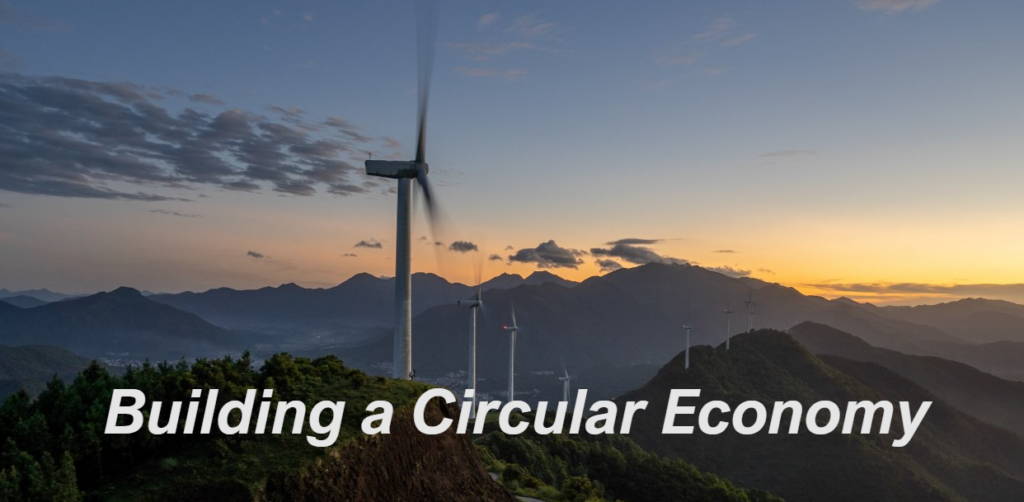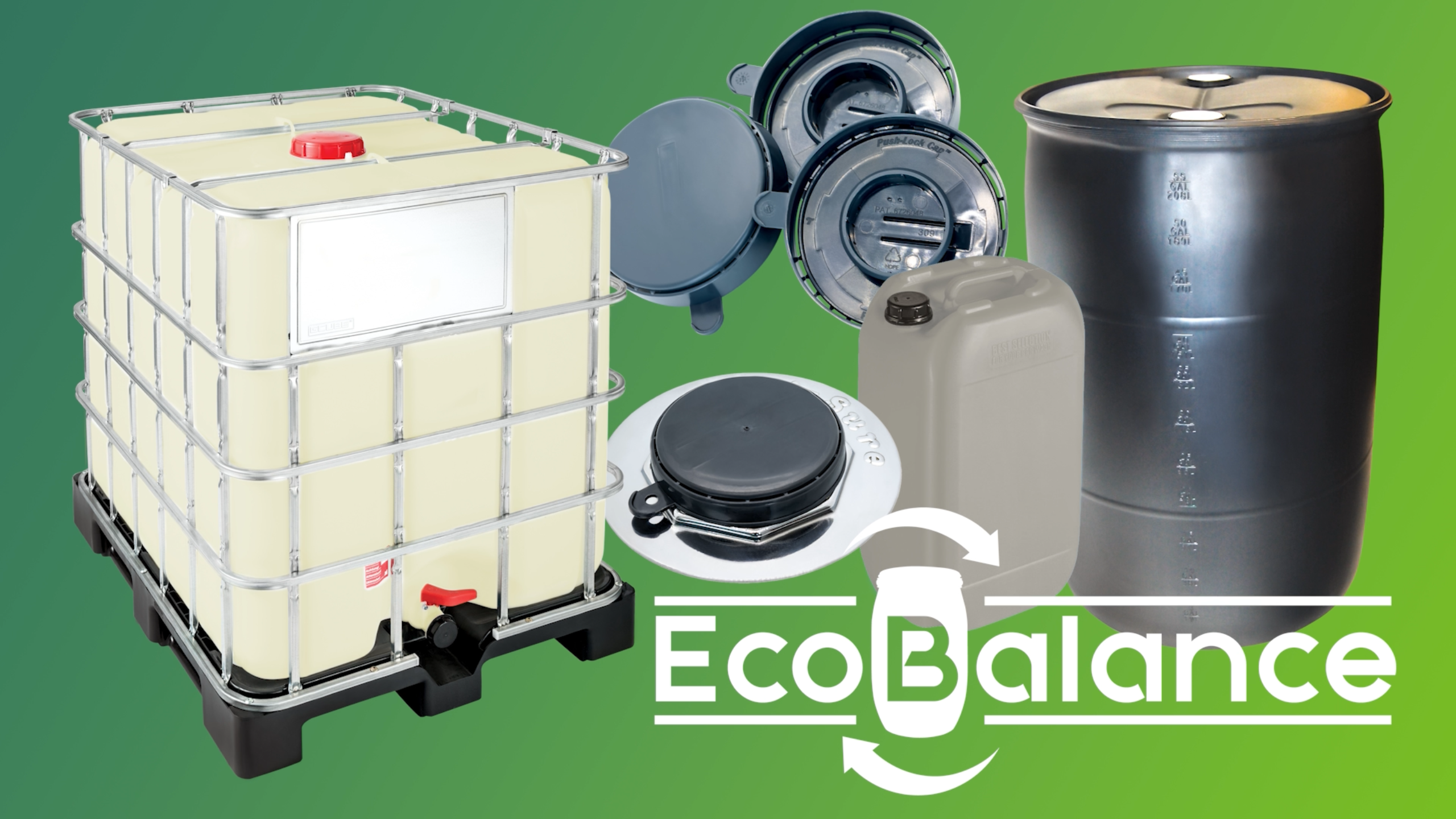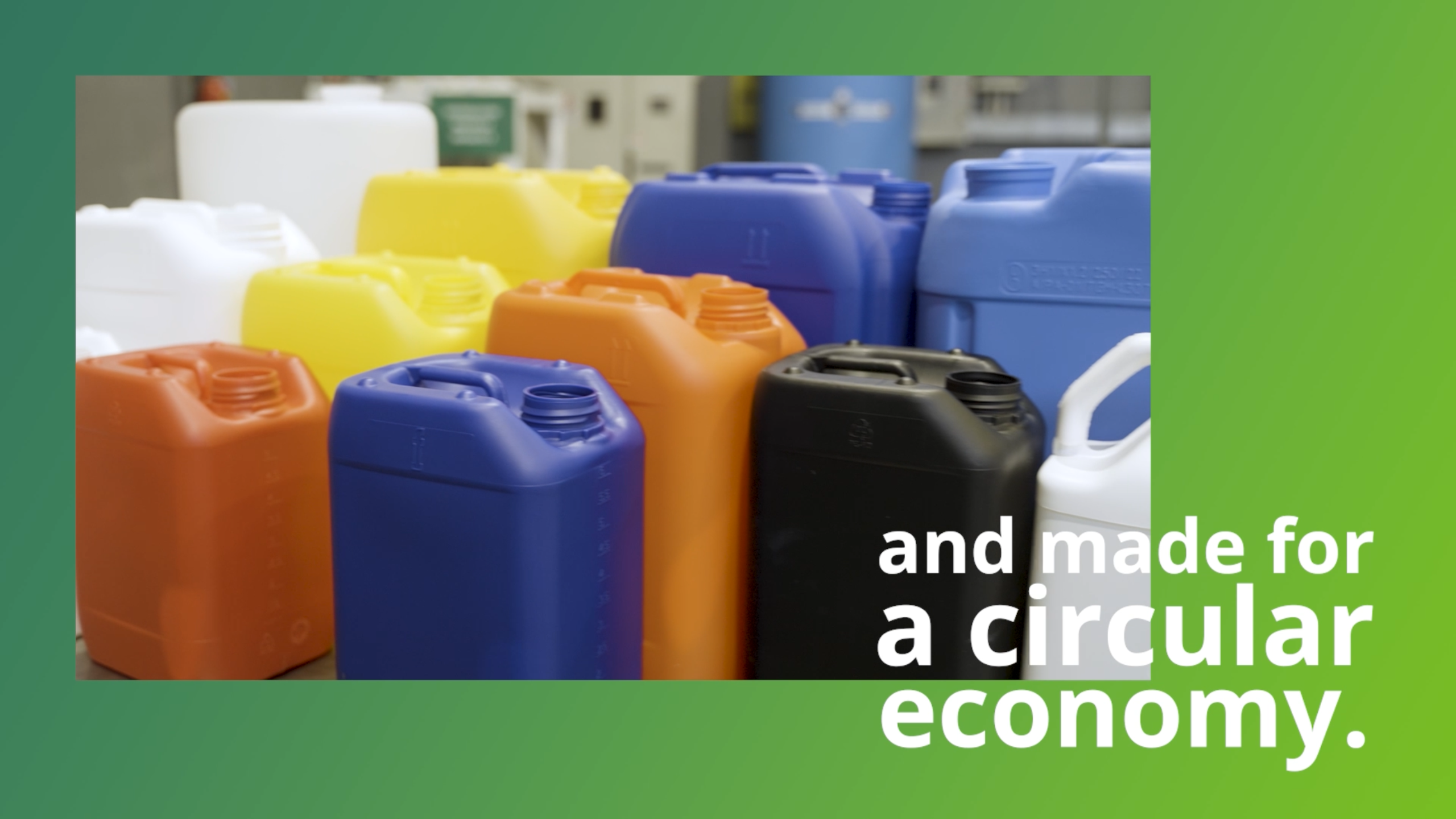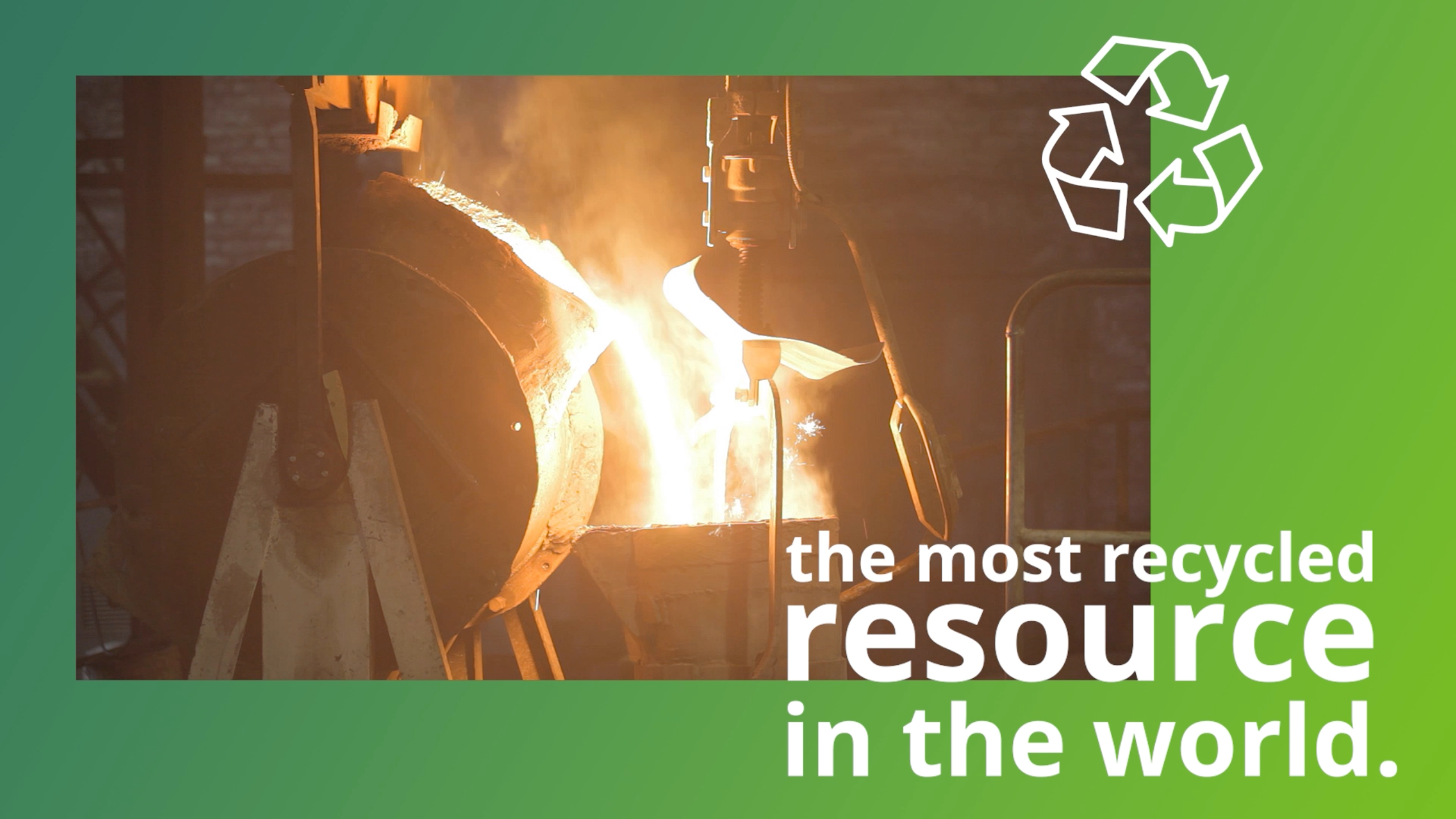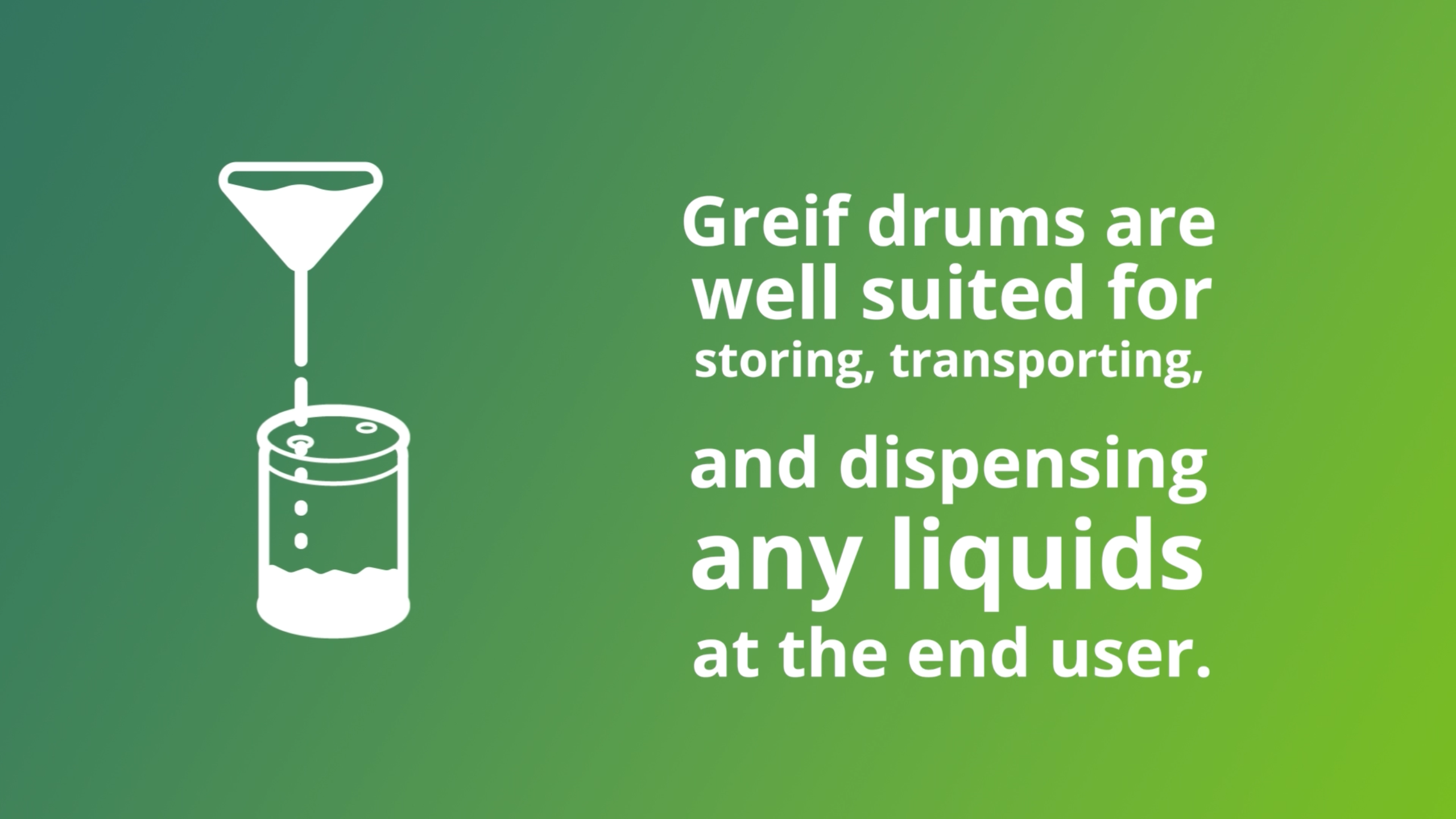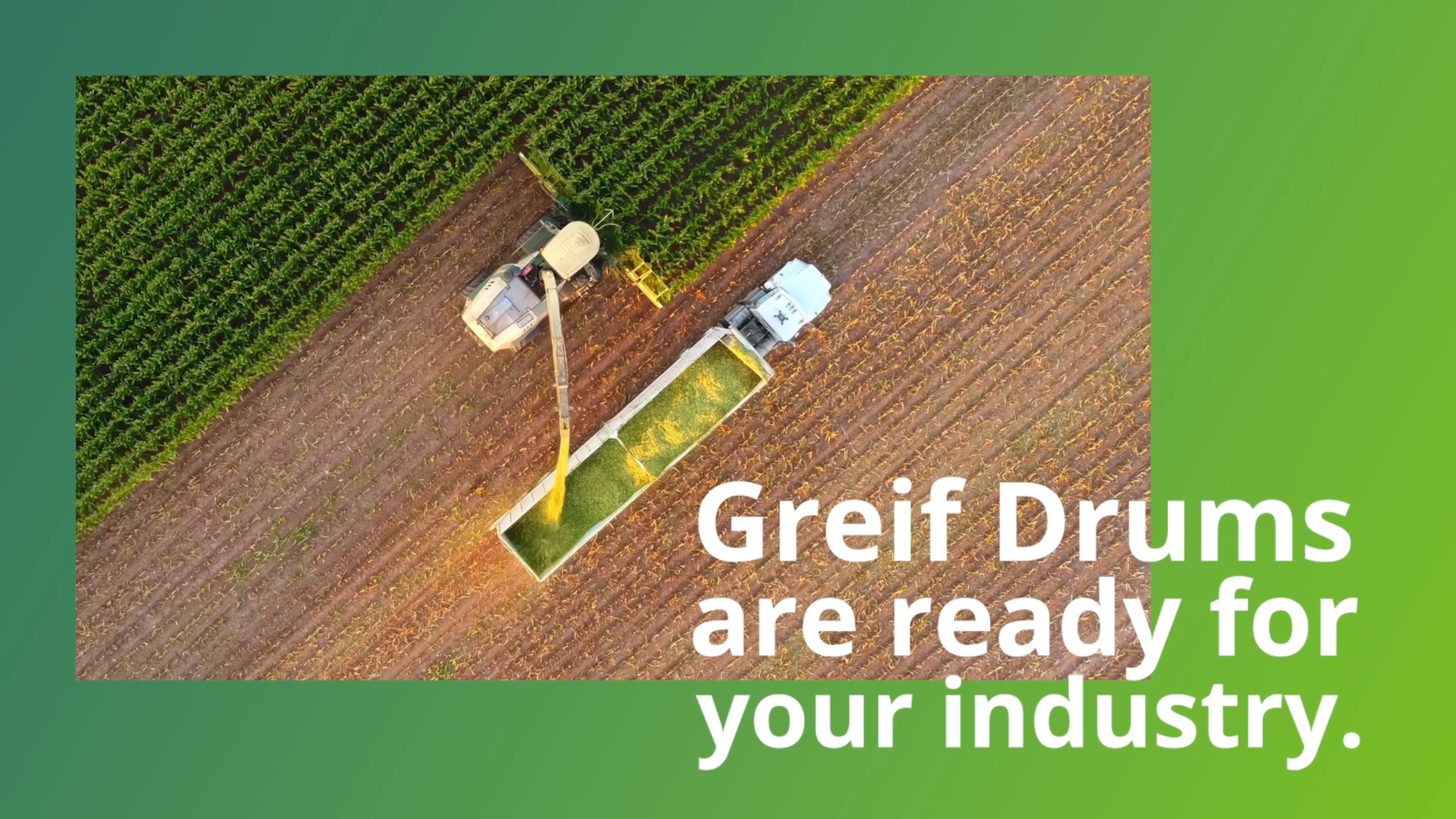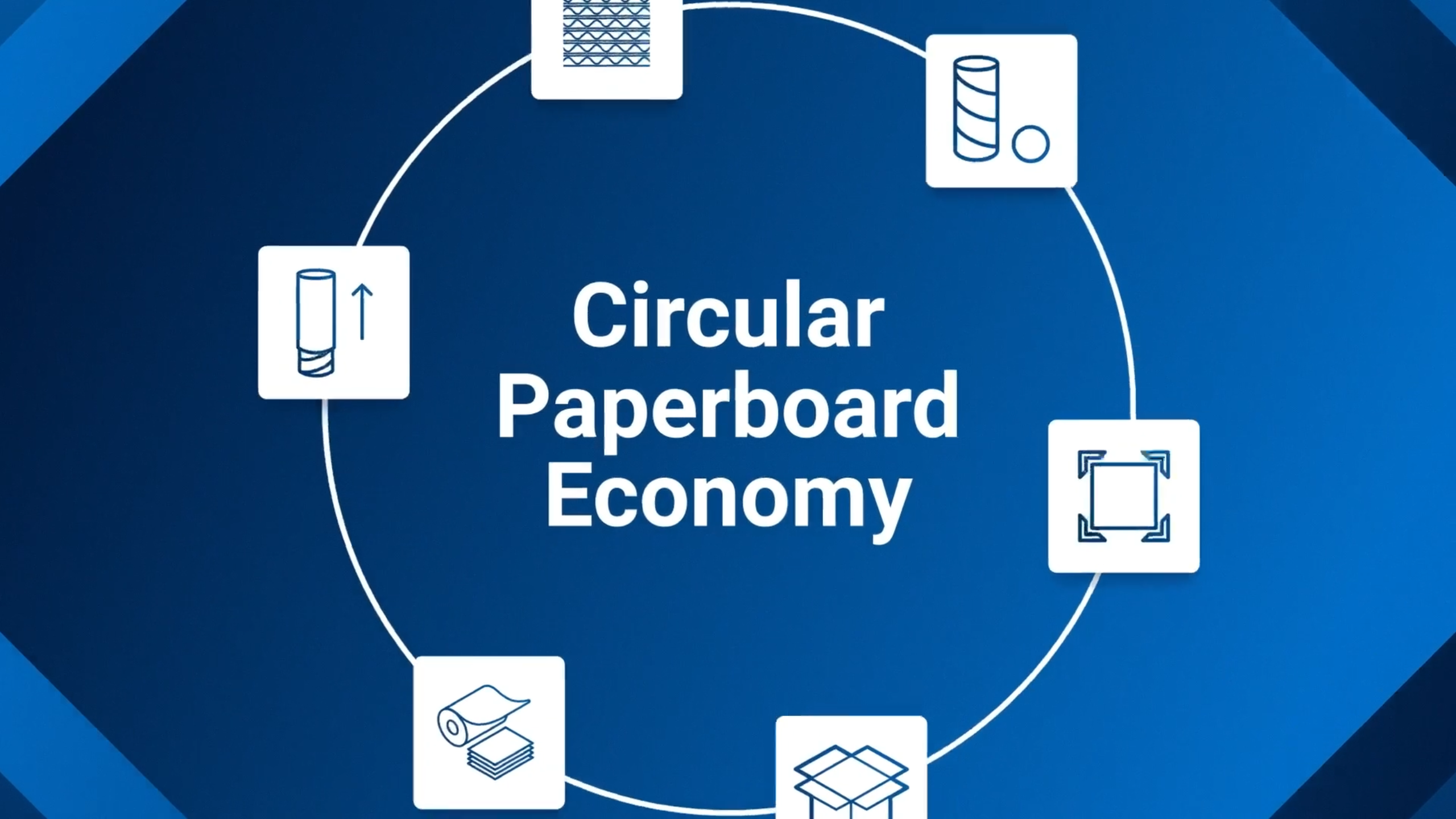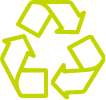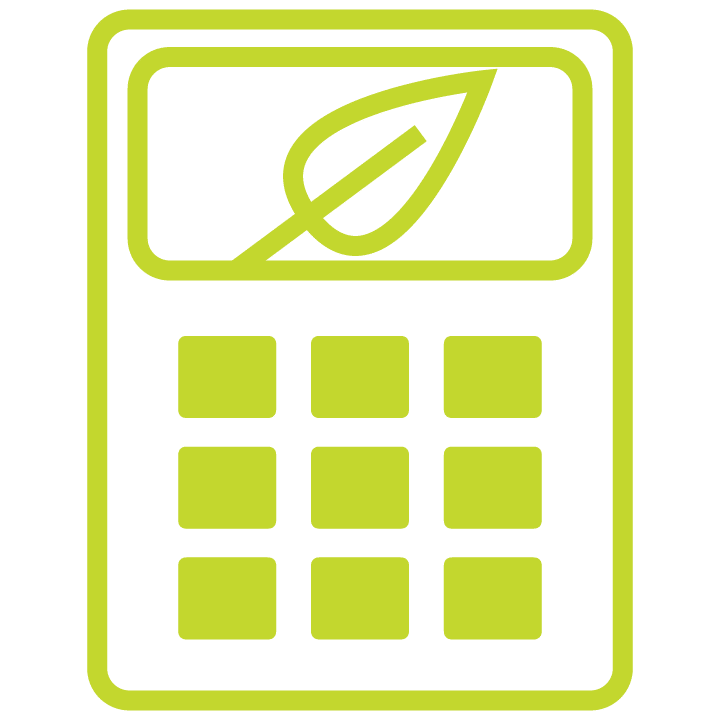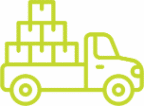Championing Initiatives for Recycling, Circular Economy, and Leading Environmental-Sustainability
Circular economy principles are inspired by nature’s regenerative cycles. To implement circularity successfully, products must be designed for long-lasting use, encouraging high-value and sustainable business practices.
A circular economy creates a closed-loop system where materials and products are kept in circulation, minimizing environmental impact and contributing to a more sustainable future.
As we continue our circularity learning journey, we will delve deeper into the comparison of linear economic models to circular economic models. This comparison will highlight the importance of Greif’s circular targets and shed light on transforming waste into valuable resources for a sustainable and thriving future.
By aiming to make 100 percent of our products recyclable (1), achieving an average of 60 percent recycled raw material content across all products (2), and recovering an average of 80 percent as much material from the market as we ship to the market (3), Greif is actively contributing to a circular economy approach.
- 通过涵盖广泛的原材料和产品组合,Greif 可回收性目标将以重量为基准,并在公司层面进行整合。
- Greif 产品的再生材料含量目标是指公司层面合并的材料和产品组合中按重量计算的最低平均值。
- [3] Greif 产品的回收目标是根据公司层面合并的一系列材料和产品重量得出的最低平均值。
Aligning with the principles of the circular economy
Our 2030 sustainability targets align with the principles of the circular economy, where resources are continuously reused, and materials are kept in circulation, thus reducing waste and minimizing environmental impact.
By adopting circularity practices, Greif aims to transform waste into valuable resources, promote eco-friendly solutions, and demonstrate a commitment to sustainability. In doing so, Greif sets an exemplary standard for responsible business practices, fostering a more circular and regenerative future for industries and communities alike.
The table below shows a clear overview of the fundamental distinctions between the traditional “take, make, waste” approach versus prioritizing sustainable practices such as reducing waste and continuously reusing resources.
Aspect | Linear Economy | Circular Economy |
Resource Usage | Resources are extracted and used once | Resources are continuously reused |
Waste Generation | Generates significant waste and pollution | Aims to eliminate or minimize waste and pollution |
Product Design | Products designed for single-use or disposal | Products designed for durability and recyclability |
End-of-Life | Products discarded after use | Products recycled or remanufactured after use |
Economic Model | Linear “take, make, waste” model | Circular “reduce, reuse, recycle” model |
Natural Resources | Heavy reliance on new resource extraction | Reduced need for new resource extraction |
Environmental Impact | High environmental impact | Lower environmental impact and sustainability |
Climate Impact | Contributes to greenhouse gas emissions | Aims to reduce greenhouse gas emissions |
Cost Efficiency | Potential inefficiencies and high costs | Cost-efficient due to resource optimization |
Now, let’s look at current linear economy models and corresponding examples of circular economy models:
Linear Economy Model | Circular Economy Model |
Single-Use Plastic Water Bottles | Reusable Water Bottles made from Recycled Plastic |
Disposable Paper Cups | Recyclable and Compostable Paper Cup |
Traditional Takeaway Containers | Reusable and Returnable Food Containers |
Traditional Incandescent Light Bulbs | Energy-Efficient LED Light Bulbs, Recycle Old Bulbs |
Disposable Plastic Cutlery | Reusable and Biodegradable Cutlery |
Landfilling of Food Waste | Composting Food Waste for Fertilizer |
Traditional Gasoline Cars | Electric Cars with Recycled Batteries |
Landfilling of Electronic Waste | Electronic Waste Recycling and Refurbishment |
Greif’s ambitious circularity targets are strongly tied to the urgent need for sustainable waste management and resource conservation in our societies, where various linear economic models prevail. As worldwide institutions grapple with increasing waste generation and environmental challenges, Greif recognizes the significance of taking responsibility and leading positive change.

